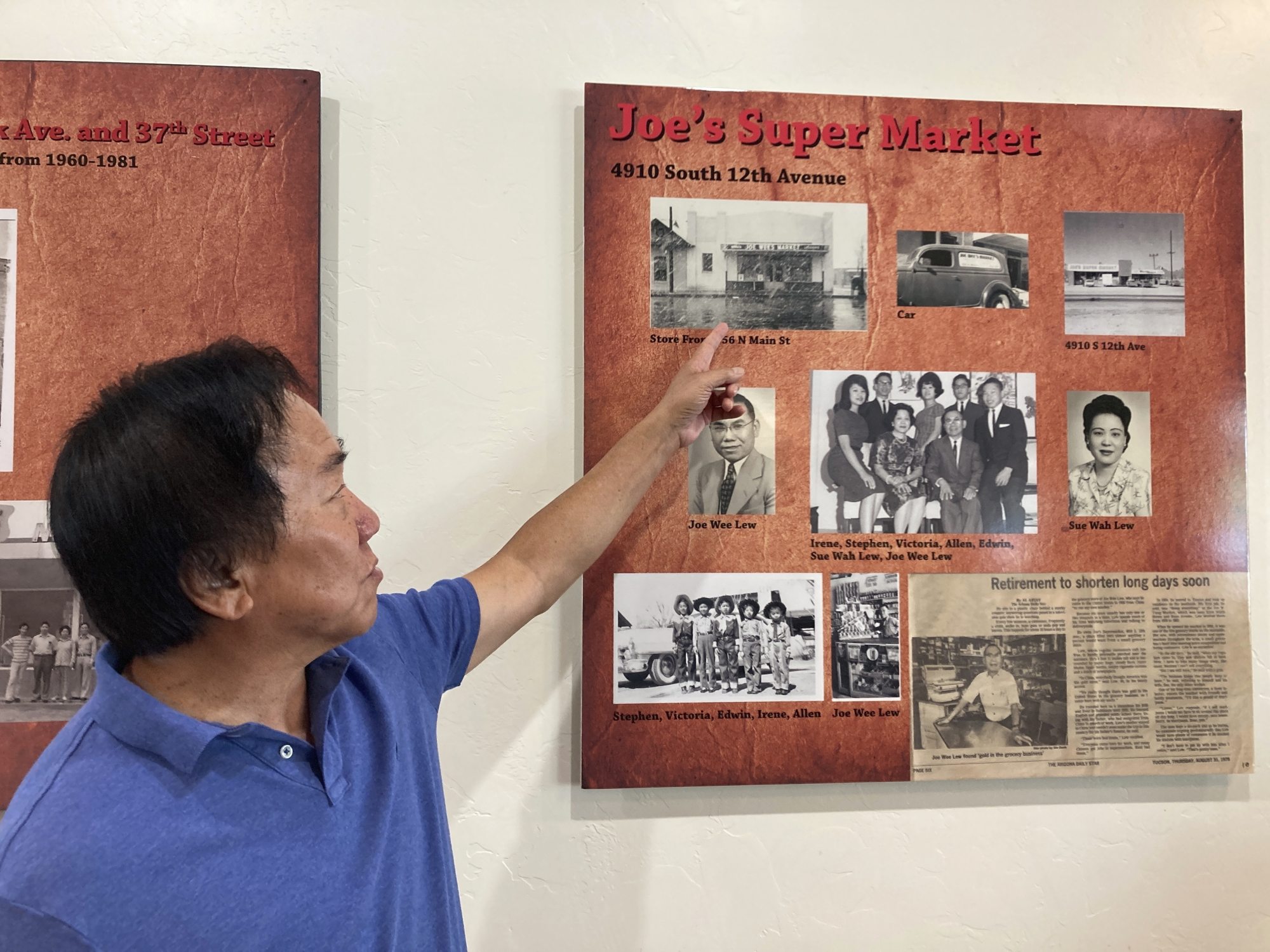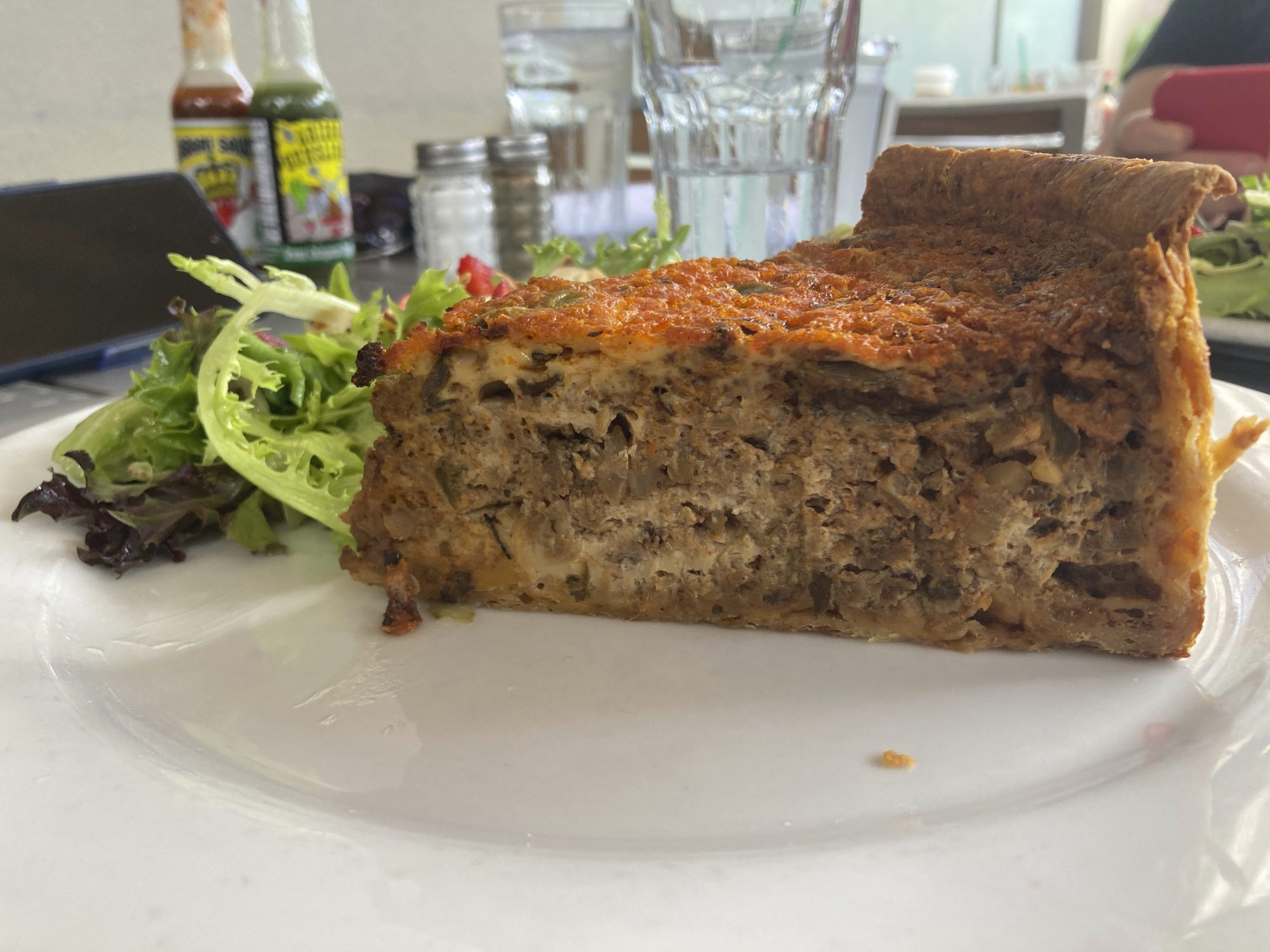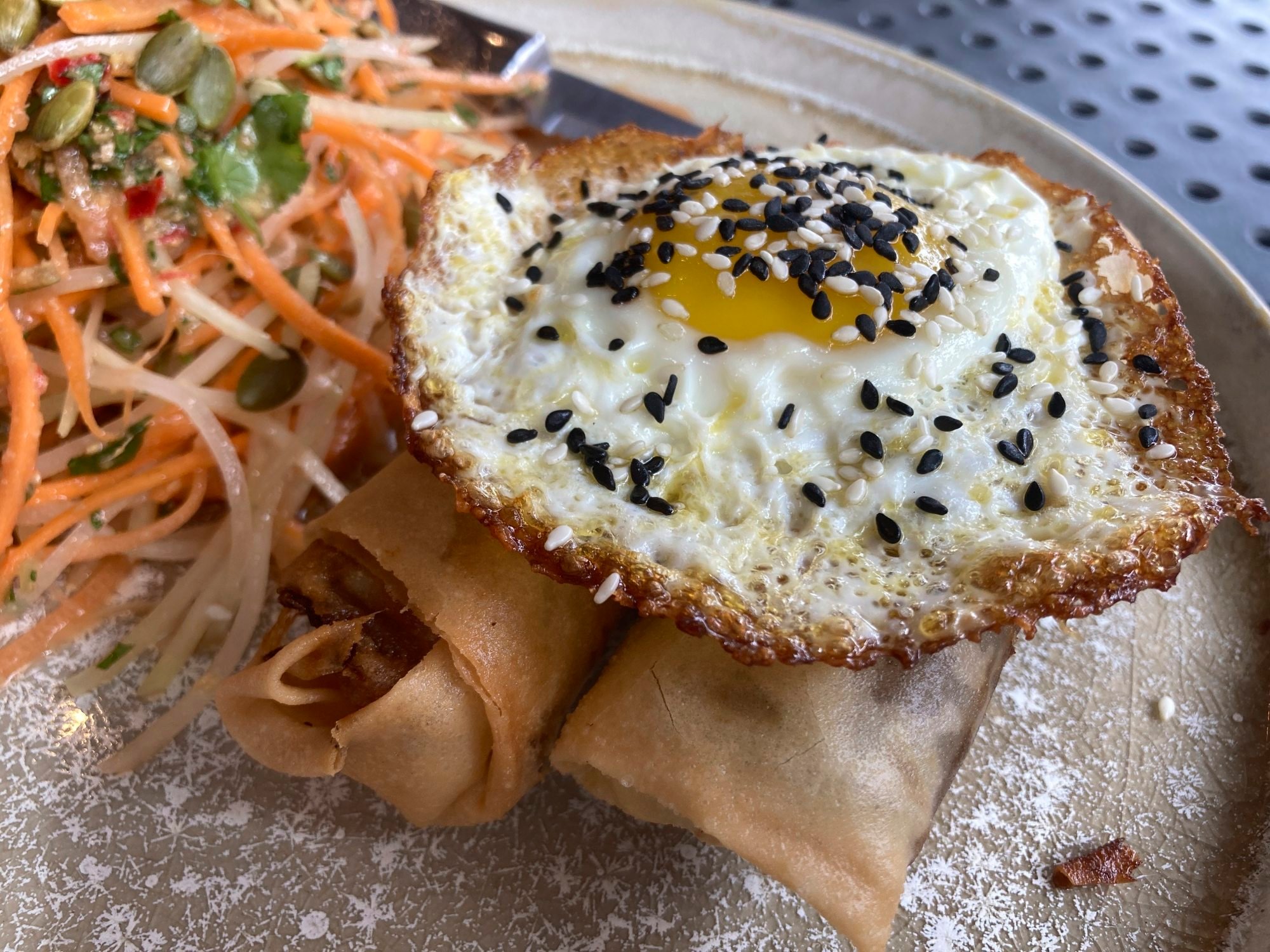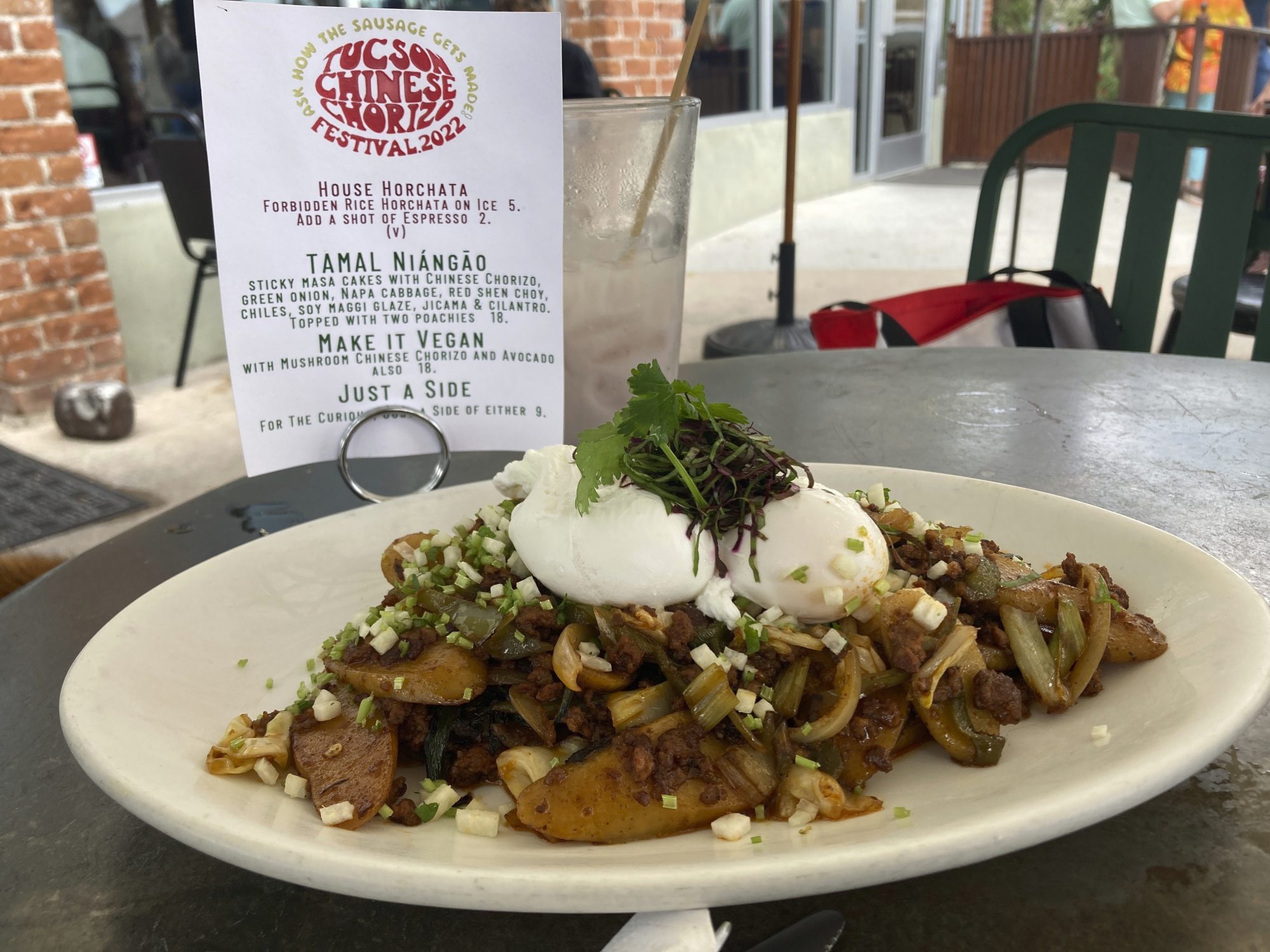
‘Chinese chorizo’, the Mexican sausage grocers from China sold that forged links between the two communities in Tuscon, Arizona
- Mexican chorizo is a spicy ground-pork sausage; a version nicknamed ‘Chinese chorizo’ was sold in Chinese grocery stores in Arizona in the early 20th century
- Chef Feng-feng Yeh heard about this unity among Mexicans and Chinese dealing with the US’ racist laws, and the Tucson Chinese Chorizo Festival was born
If not for the coronavirus pandemic, Feng-Feng Yeh might never have learned about a lesser known chapter of Chinese-American history in her hometown of Tucson, in the US state of Arizona.
Yeh was an executive chef in New York when the shutdown took away her job and career plans. She pulled up stakes and moved back home, turning to her passion for public art.
Looking for inspiration, Yeh delved into the local history of Chinese immigrants, which she’d heard only bits and pieces of. On the Tucson Chinese Cultural Centre website, she learned that Chinese-owned family-run grocery stores were a thriving industry in Tucson from the 1900s on.
More than businesses, they were lifelines for Mexican-American communities. The stores even started preparing Mexican chorizo – the spicy, ground-pork breakfast staple. It earned the nickname “Chinese chorizo”.

“I was very moved by the story of friendship between Mexican and Chinese Americans at a time when all these pivotal immigration policies were being enacted that were quite racist,” Yeh says.
“I thought that was something that you don’t learn in school, especially in Arizona. I thought it was something that should be recognised and shared.”
The Asian Facebook bakers cooking up sweet treats with a side of activism
In those days, Chinese immigrants settling in Arizona did so in the shadow of the 1882 Chinese Exclusion Act, the US government’s first race-based immigration policy. Chinese and Mexican immigrants both faced racism despite being instrumental to the workforce.
It’s a history that older Tucson Chinese residents have spent years trying to make more visible.
Yeh proposed erecting an 11-foot (3.4 metre) tall sculpture of two chorizo sausages, and recently won a grant through the Tucson Museum of Contemporary Art and the Andy Warhol Foundation.

To promote the endeavour, she organised the inaugural Tucson Chinese Chorizo Festival.
For the festival, Chinese-made chorizo is being celebrated with inventive dishes fusing Chinese and Mexican cultures. At Mexican restaurant Boca, for instance, chef and James Beard Award semi-finalist Maria Mazon made vegan and regular chorizo egg rolls with a carrot and papaya slaw topped with a fried egg.
Breakfast/brunch hotspot 5 Points came up with Tamal Niangao – charred, sticky masa cakes with chorizo, spring onion, Napa cabbage and chillies in a soy Maggi glaze. Jicama, cilantro and two poached eggs are then piled on.

The 500-plus pounds of meat- and plant-based chorizo given to restaurants for the festival was made at a local butcher, Forbes Meat Company. Yeh devised the vegan recipe. She invited Jackie Tran, a Tucson food writer and owner of Tran’s Fats food truck, to work on the pork one.
“It was definitely something that fascinated” him, says Tran, who is of Chinese and Vietnamese descent. He added dashes of Sichuan pepper, coriander seed and Chinese five-spice powder.
For the sculpture, Yeh is partnering with Carlos Valenzuela, a Mexican and indigenous artist born in Tucson. Valenzuela will make the red mosaic tiles for the piece. His grandfather had a running account with a local Chinese grocery store. It didn’t occur to him at first that his involvement was a full-circle development.

“I just went into it thinking, ‘Wow, this is a really unique project, really an opportunity to talk about that history that hardly ever gets talked about,’” Valenzuela says.
If the idea of a balloon-animal-like chorizo sculpture elicits a laugh, that’s the way Yeh wants it.
“I think it’s eye-catching for tourists to come and recognise that this town is a town that was heavily influenced by Chinese culture, which I don’t think a lot of people know,” says Yeh, who still needs more funds for the sculpture.

